
7 Tips For Designing Your Book Cover
Your book cover plays an important role when it comes to selling your book and yet, all too often, authors treat it as something of

Your book cover plays an important role when it comes to selling your book and yet, all too often, authors treat it as something of
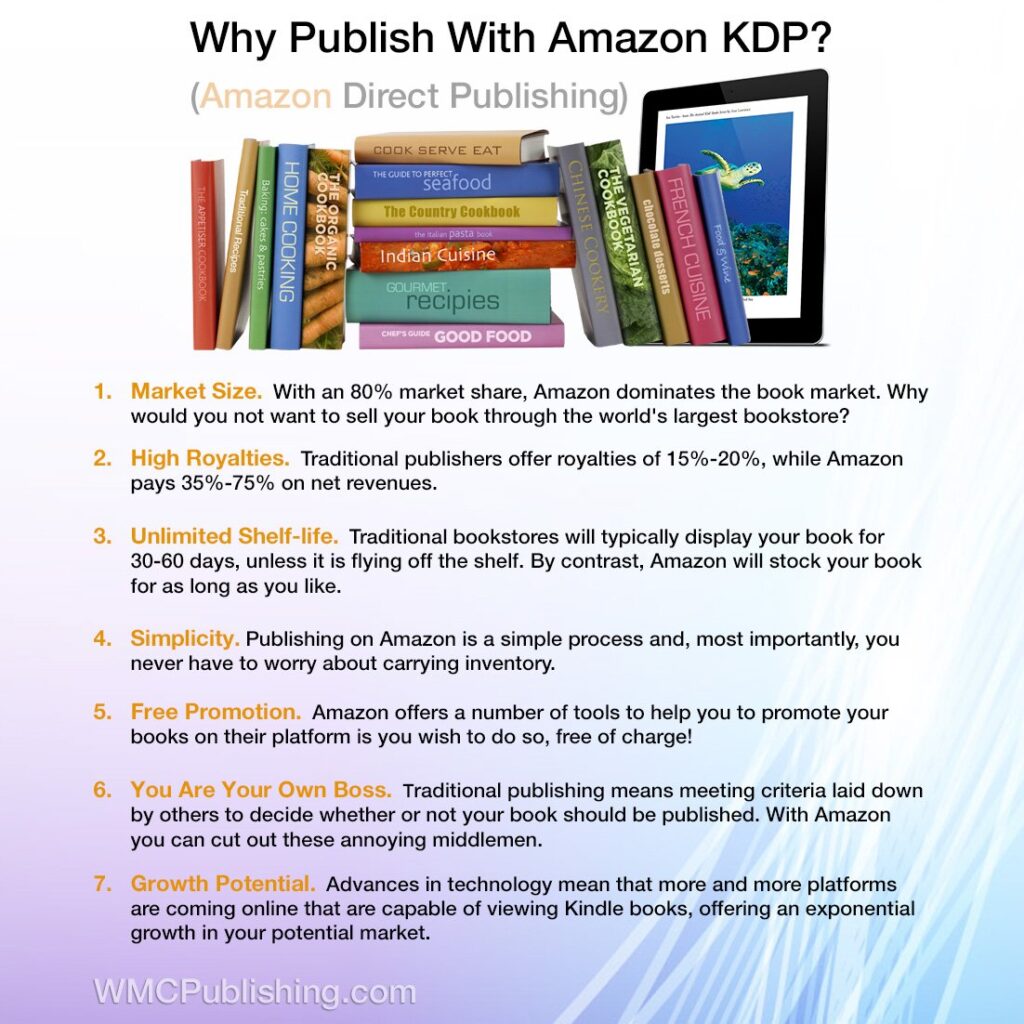
1. Market Size. With an enormous 80% market share, Amazon dominates the book market. While there are a lot of different places that you can
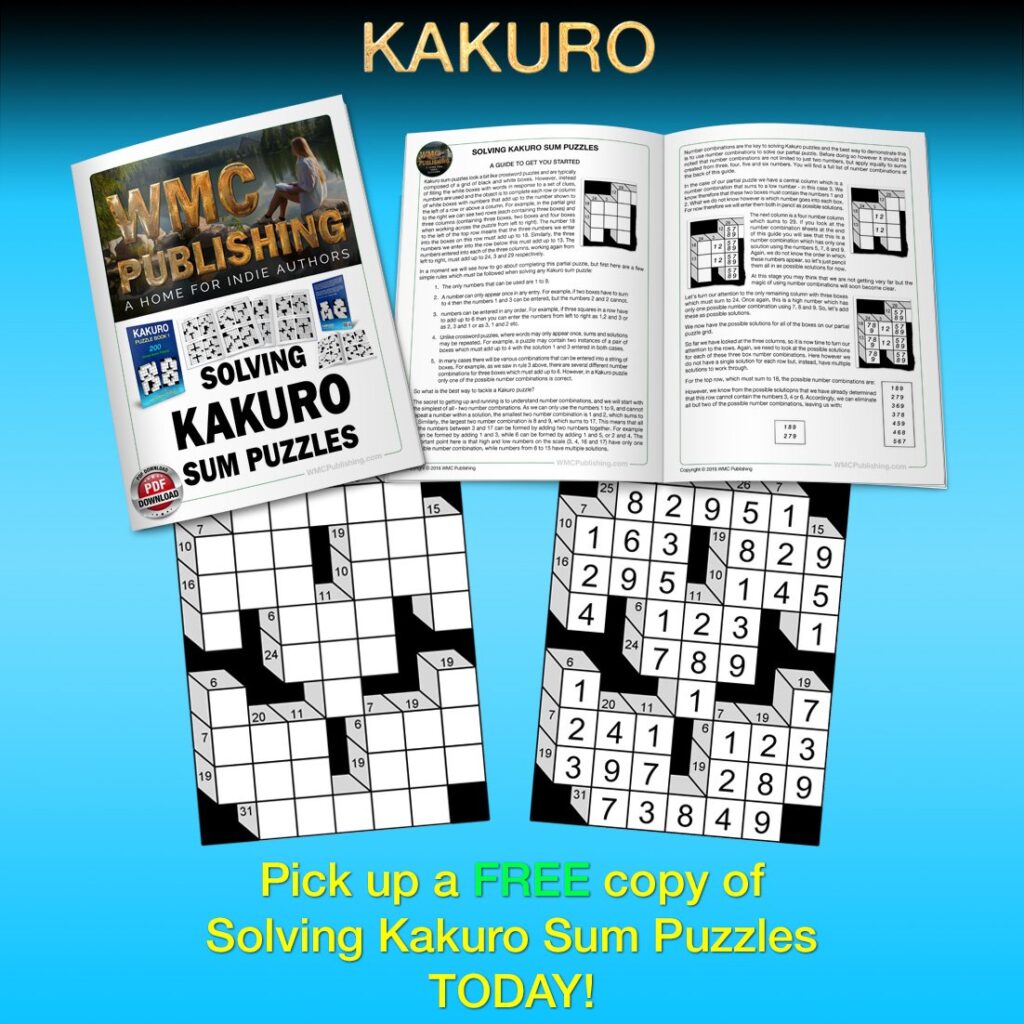
The history of the kakuro puzzle is similar to that of the sudoku puzzle in the sense that, despite its name, it did not originate

1. Check Your Mindset It is important when embarking on any new venture to ensure that you know exactly what you are getting yourself into
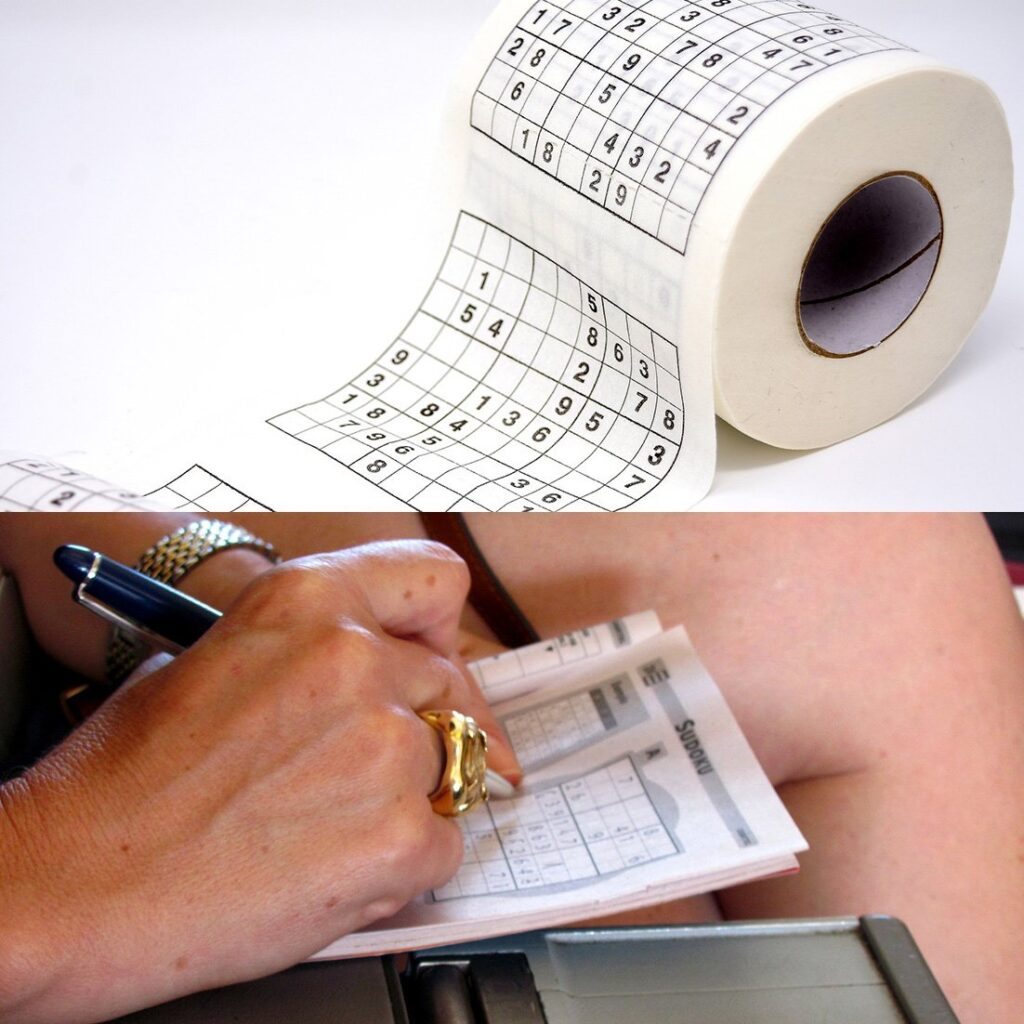
Sudoku puzzles can trace their history clear back to the end of the 18th century when a Swiss mathematician devised a game called “Latin Squares”.
Researchers from floridaleatherbacks.com have been studying endangered leatherback sea turtles for some time now and this includes tagging and tracking individuals to monitor their movements.
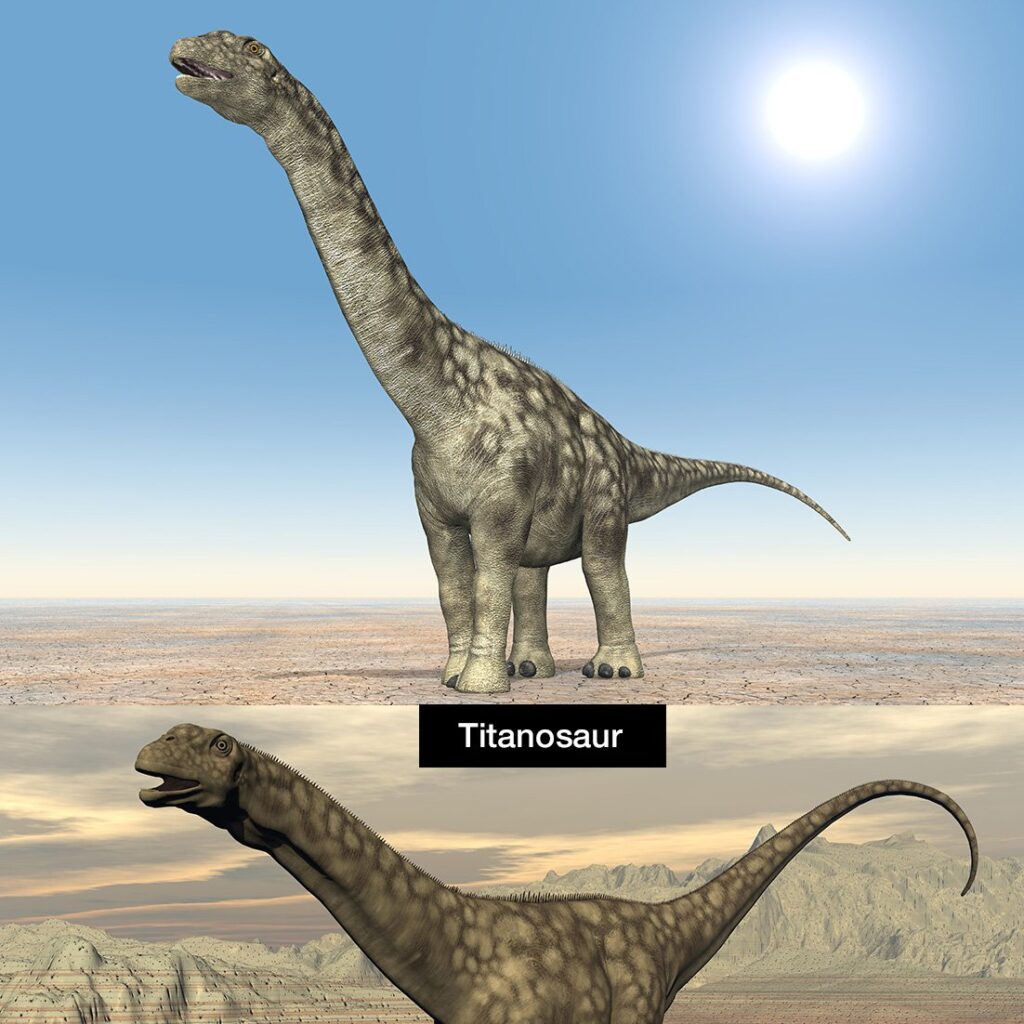
The titanosaurs were the last surviving group of long-necked sauropods and roamed the earth from about 136 million years ago to 66 million years ago.

We currently feature a number of PDF kid’s coloring books including themes such as Halloween, Pirates, People and Dragon Land. However, in addition to these
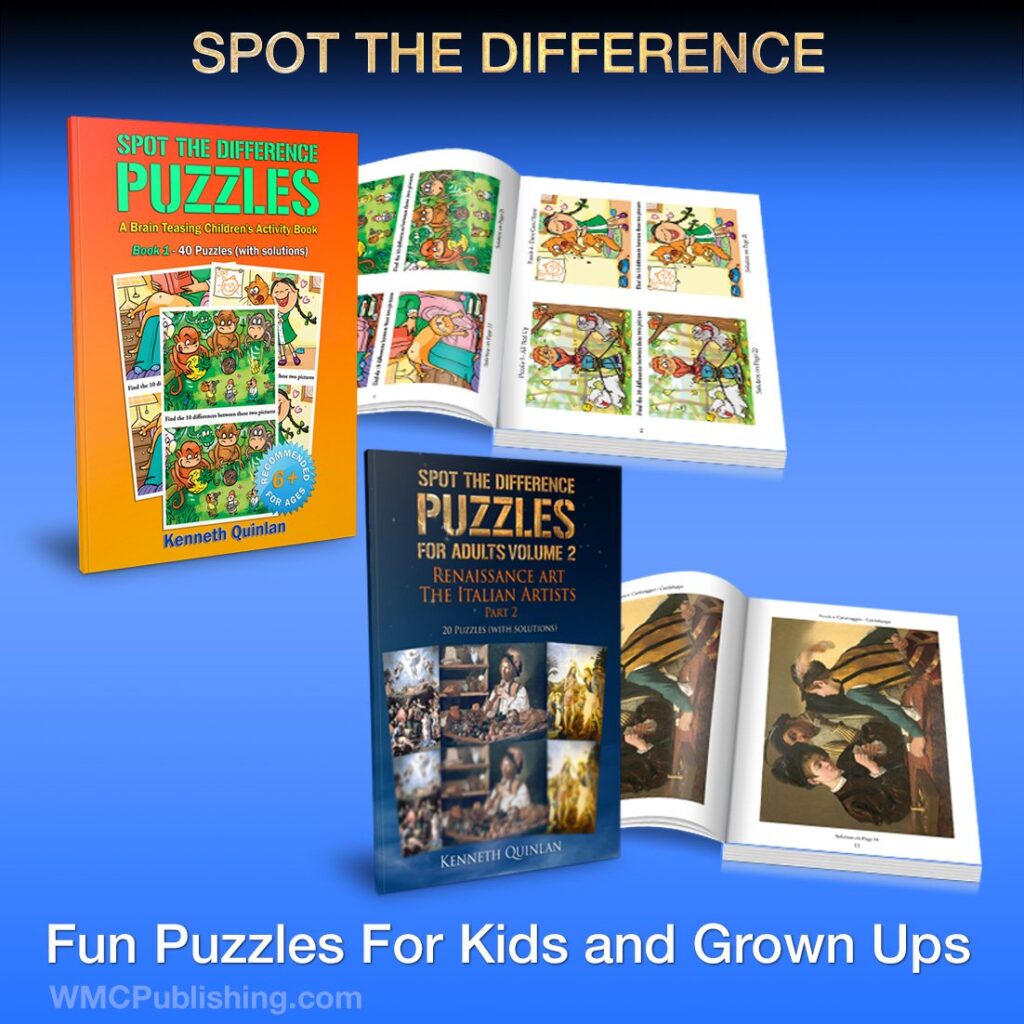
Spot the difference puzzles have been around for many years now and come in different levels of difficulty, so that it is possible to find
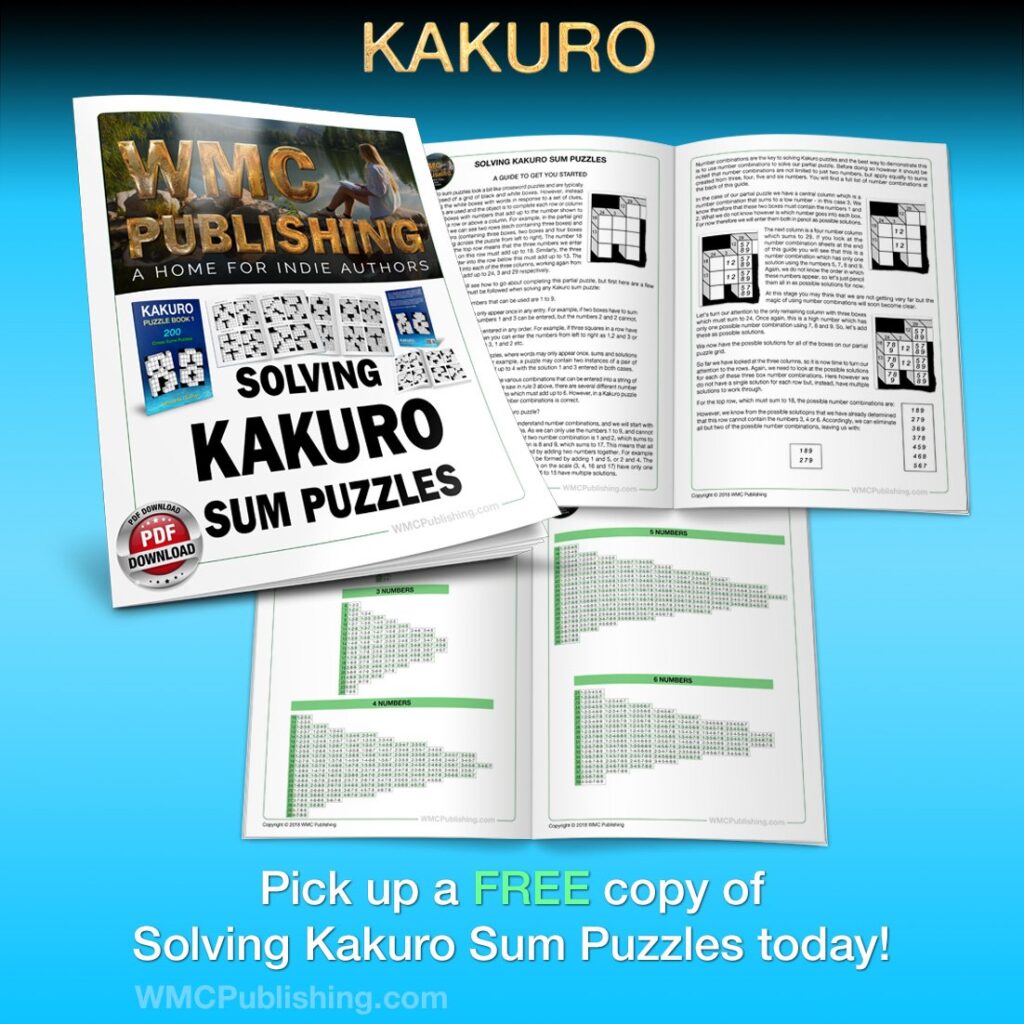
Perhaps the two most popular puzzles today are crossword and sudoku puzzles. It should not therefore be a surprise to learn that Kakuro puzzles,